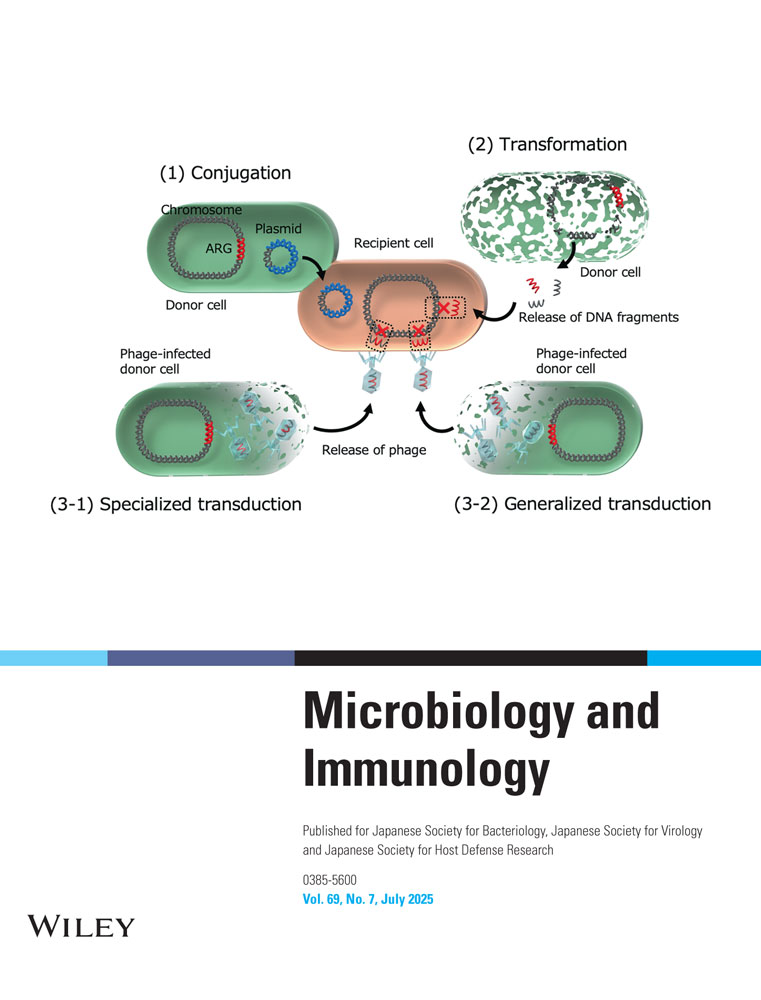Proteomic Characterization of Enterohemorrhagic Escherichia coli O157:H7 in the Oxidation-Induced Viable but Non-Culturable State
Abstract
Enterohemorrhagic Escherichia coli (EHEC) O157 strain F2, a food isolate of an outbreak, is resistant to oxidative stress, but has increased stress-sensitivity after passage through mice. The stress-sensitive variant of F2 (designated MP37) has decreased culturability, but retains membrane integrity under stress conditions, indicating that the cells enter a viable but non-culturable (VBNC) state. Proteomic analyses revealed that MP37 in the VBNC state had decreased levels of some oxidation-responsive factors (AhpCF, AceF), but it markedly increased levels of outer membrane protein W (OmpW). Because F2 expressed higher levels of some ribosome-associated proteins (RaiA, S6, Bcp) than MP37, the effect of animal passage on the induction of the VBNC state in the EHEC O157 cells might be due to ribosomal activity.
Abbreviations
-
- AceF
-
- dihydrolipoyllysine-residue acetyltransferase
-
- Ahp
-
- alkyl hydroperoxide reductase
-
- Bcp
-
- bacterioferritin comigratory protein
-
- EHEC
-
- enterohemorrhagic Escherichia coli
-
- EF-TU
-
- elongation factor
-
- LpdA
-
- lipoamide dehydrogenase
-
- OmpW
-
- outer membrane protein W
-
- OxyR
-
- oxidative stress regulator
-
- PBS
-
- phosphate buffered saline
-
- RpoS
-
- RNA polymerase sigma subunit
-
- SurA
-
- peptidyl-prolyl cis-transisomerase
-
- TSA
-
- tryptic soy agar
-
- TSA-SP
-
- TSA amended with 0.1% sodium pyruvate
-
- 2-DE
-
- two-dimensional gel electrophoresis
-
- VBNC
-
- viable but non-culturable.




